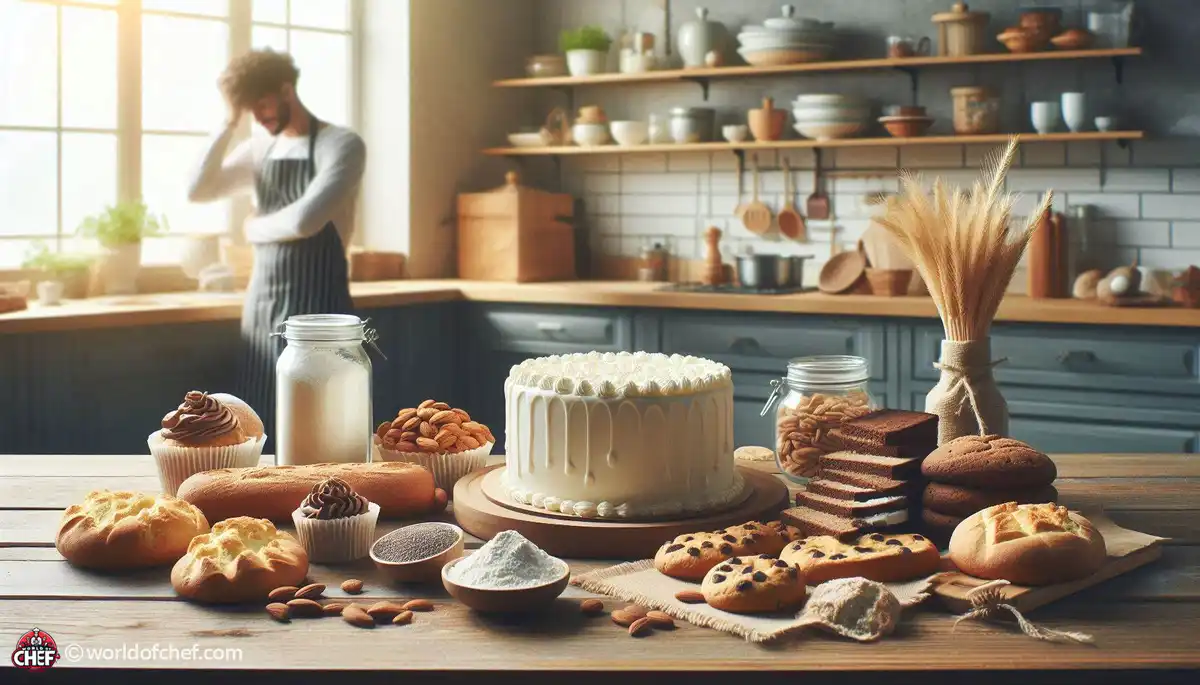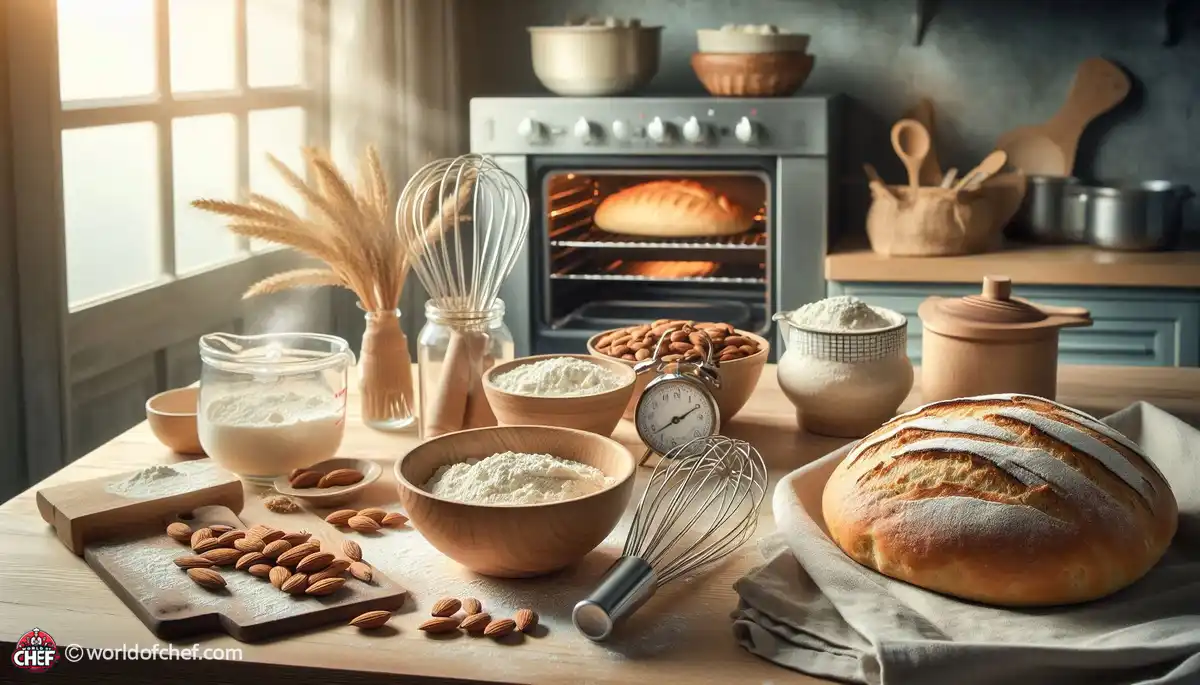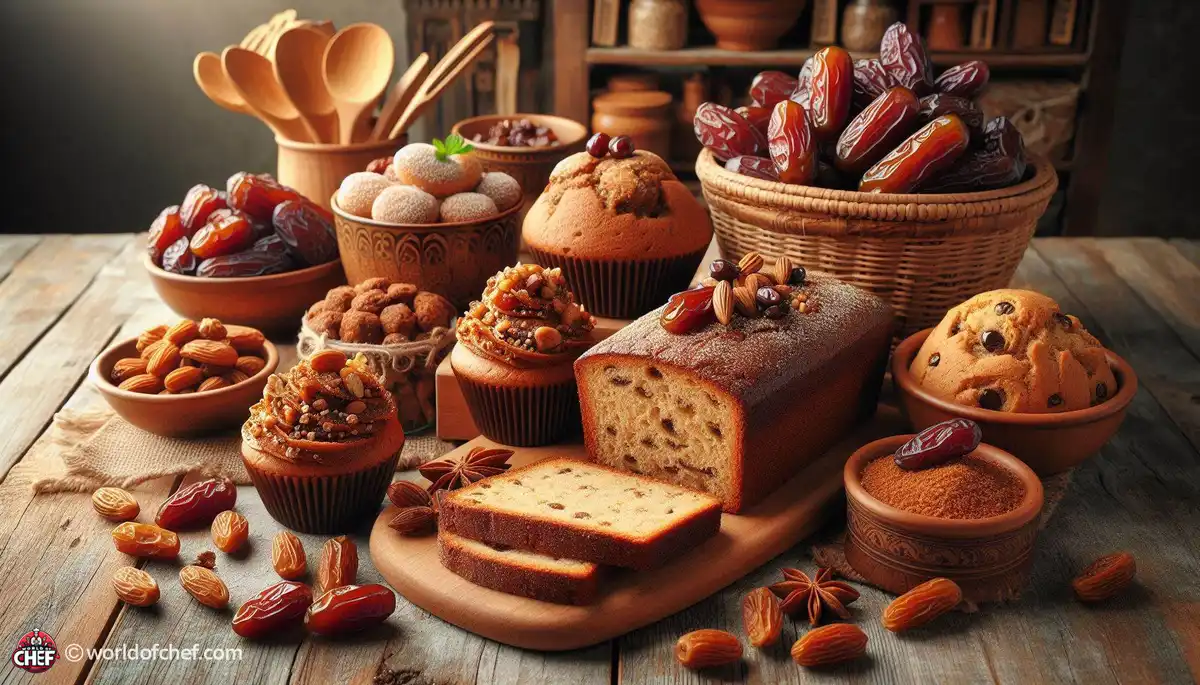
Understanding Oven Hot Spots and How to Bake Around Them
Russell Comeaux - Mar 30, 2025 - 13 min read


Blind baking is an extra step sometimes, but it is very important in getting a perfect flaky, golden crust for your pies and tarts. It is the hallmark of making a quiche, custard pie, or fruit tart. With a perfectly baked bottom, you can avoid a soggy bottom and enjoy your beautifully crisp base. In this blog, we're going to explore what blind baking is, why it matters, and how you might perfect this skill at home. Stick with these tips, and you'll soon be blind baking like a pro.
This means baking the pie crust or tart shell without the filling, which is crucial for all pies whose filling does not need baking. For instance, cream pies are best to be made with a non-baked filling, while the filling for some pie recipes might take less time to cook than the required time of the crust. With blind baking, the crust will get well cooked so that it gets a good golden crispy color and it will stand firm against the moisture that might come with the filling.
Blind baking lets the dough stay in the pan, covered with parchment paper or foil and weighted down with dry beans or pie weights, so it does not puff up or shrink when baked.
Of course, there's an under-baked crust - the disaster from the filling letting all that moisture loose during baking time. You know that cringe-worthy pie with that great top crust fully set while the bottom is still quite doughy? Well, the solution is blind baking, which also serves another very important purpose: supporting the structure of the crust and preventing it from collapsing in a shriveled form, or worse, breaking apart into bubbles.
This is particularly useful with custard pies, where there is a wet filling and easily can seep through the dough. The outcome is that the crust becomes crisp, while the inside is rich and creamy.
The type of dough is a great difference in a successful blind baking. It is traditionally made from the mixture of butter and flour, used in most instances of blind baking. It is this butter in the dough that will create the steam in the baking to make the crust light and flaky.
Dessert pies and tarts are what shortcrust pastry best uses if you prefer a sweeter version. Shortcrust is higher in fat and therefore more sweetly flavored, and it's best suited to fruit tarts and custard-based pies. Blind baking is less likely to cause shrinking in the dough, whether it's this one or any other variety, if you chill it well before using.
Roll out the dough to about ⅛ inch thickness on a lightly floured surface, turning the dough often to prevent sticking. Gently press it into the corners and up the sides of your pie dish. End.
You cut away the dough by rubbing a knife, or working your fingers in and out of it where it pushes out beyond the inside of your dish. Now at this point, prick the bottom of your blind-baked pastry crust several times with a fork - this will allow any steam that might be trapped in the crust during baking to escape as the bottom of the crust continues to crisp.
Using Pie Weights: What is so Important about the Weight of Blind Baking Pie?
Pie weights are really quite essential to have in making the crust flat when a pie is done blind. Otherwise, the dough will be puffing and blisters will eventually appear, which means an uneven base to put a filling on. The result will be that the weights cause the dough to push down where it will not shrink and puff.
If you do not have official pie weights, dry beans or rice will do the trick just as well. Just be sure to use enough to cover the entire base of the crust evenly. You can reuse beans or rice for future blind baking, but do not cook them afterwards because they will be dried out from the oven.
Add your weights; but before adding your weights, you want to line the pie dough with parchment paper or aluminum foil so that when the baking process is completed, your weights won't be sticking onto the dough and won't be any more hassle when removing the weights after the baking is done. You simply cut it slightly bigger than your pie pan and press it down into the corners of your dough.
Fill your lined crust with your pie weights, beans, or rice. Spread them evenly all across the bottom of the crust. You want enough weight to push against the sides of the dough and cover the bottom. You'll be removing the weights once you get through the first stage of baking when the edges have begun to set so the bottom of the crust cooks through.
Blind baking, on the other hand, does not refer to actually doing any baking but refers to a technique that you carry out without the use of a filling. Blind baking involves baking a crust which does not have a filling inside. There are pre-baking and full blind baking.
There are two kinds of blind baking: par-baking and full blind baking. The former is partially baking the crust, which would be good for pies that need to be baked again after filling has been added, such as a pumpkin pie. When you are adding a filling that does not require baking again, such as a chilled cream pie, you do full blind baking.
Preparatory step: Par-bake the crust at 375°F for about 12–15 minutes until just beginning to turn golden on the edges. For a full blind baking, you can leave the crust in the oven for 20–25 minutes, halfway removing the weights.
The secret to a successful blind bake is knowing when to stop baking. For par-baking, the crust should be pale with just a hint of color on the edges. Take it out before the edges get too dark because they will continue to brown once the pie is fully assembled and baked.
For total blind baking, the crust should appear golden brown and hard when touched on the whole. It should neither feel doughy nor be transparent on the underside. You will pull out the crust when it becomes that way from the oven to cool off before being filled.
One major difficulty with blind baking is that shrinkage occurs. When dough shrinks, the edges pull away from the pan and leave not enough room for filling. The best way to avoid this is to chill the dough thoroughly before baking. After fitting the dough to your pie pan, stick that pan into the refrigerator for at least half an hour, or longer if it's feasible.
Chilling relaxes the gluten in the dough. This reduces shrinkage and the dough holds its shape better in the oven. It also solidifies the fat in the dough, which assists in creating a crisp flaky crust as it bakes.
This also results in shrinkage once you stretch it into the pie pan. It would be hard not to think of wanting it back to its former state whenever you pull at dough - it would then start shrinking because it tends to be brought back to the shape before stretching. Don't try to stretch but push dough gently, especially its sides, down to fit against the sides of the pie pan.
Pour in the dough evenly so that it spreads properly within the pan without creating tight spots. That way, it remains in shape during blind baking, and the crust can continue straight without any warping.
Even the best bakers occasionally get cracks in their pie dough. If you get any when pressing dough into your pan, correct them before baking. You can pinch the dough together at the crack with a little water to help seal if needed.
You can patch any large holes or tears with excess dough from the trimmings. Press the patch gently in place and smoothen over so the edges are seamless. No leaks should be a concern, especially if you'll be adding a liquid filling once you blind bake.
Sometimes, cracks come out after blind baking. It usually happens when the dough is too dry or was mishandled. So, when your crust cracks after baking, just forget about it. Fix it with a little bit of melted chocolate or even brush it with beaten egg white. These will provide a barrier between the filling and the crust so nothing leaks out and will further seal the cracks.
Seal the tiny crack that might occur in your savory pie using a small portion of soft butter. Apply a little bit as a paste; this will harden and fill up the crack of the small gap of your pie crust as the cooling sets in.
A sogginess at the bottom side could be further protected if baked crust is brushed by the yolk wash or melted chocolate. Melting chocolate prevents a seepage of a filling through a crust for the sweet pie and also helps it have a better taste.
For savory pies, an egg wash is the best way to go. Brush it over the crust after the weights are removed, then return it to the oven for a few minutes. This creates a seal that helps keep the crust crispy, even with wetter fillings.
Another trick that could help prevent a soggy bottom is to lightly dust the base of the crust with a thin layer of dry breadcrumbs, ground nuts, or even crushed cookies. These ingredients act like sponges soaking up moisture from the filling to serve as a layer of separation between the dough and the filling.
For sweet pies, crushed graham crackers or vanilla wafers add texture as well as flavor. Savory pies can use either breadcrumbs or crushed crackers for the filler layer. You just should be sparing. You won't want layers of it to overwhelm that filling
Cooling the Crust Before Adding Filling Why Cooling is a Must
After blind baking, it should cool down completely before it is filled. A cold filling into a hot crust might cause condensation, making the bottom soggy. Putting in a hot filling to a hot crust makes the crust absorb moisture too fast.
Cooling the crust ensures that it will set properly and can hold any kind of filling, whether chilled custard or warm fruit compote. It also allows the flavors to develop more fully, giving you a pie that tastes as good as it looks.
If you're in a hurry, there are a few tricks to cool your crust quickly without sacrificing its texture. Move the pie pan to a wire rack. This exposes the pan to air from all sides, which helps to cool it more evenly and quickly.
You can also pop the crust into the fridge or freezer for a few minutes after it's cooled slightly at room temperature. Just make sure it's not too hot when you do this, as placing a hot pan directly into a cold fridge can cause it to crack or warp.
Probably the most common mistake in blind baking is that the crust gets overcooked. You do want the crust to be done and lightly browned, but if you bake it too long, then it might make the crust crumbly when cutting into it. Be sure to watch the crust carefully at the last minutes of baking.
For par-baking, remove the crust once its edges are lightly golden. For full blind baking, it must be golden and firm but not too dark.
Another mistake is to skip pie weights completely. Without the weights, dough will puff in some areas, and you'll have a hard time getting the filling in later. If you don't have pie weights, it's so tempting to skip them, but dry beans or rice can make all the difference.
You will get a professional-looking pie that is as beautiful as it is delicious using weights.

Russell Comeaux - Mar 30, 2025 - 13 min read

Alexis Larose - Mar 25, 2025 - 15 min read

Hailey Morrill - Mar 21, 2025 - 18 min read

Bobby McKelvey - Mar 18, 2025 - 12 min read